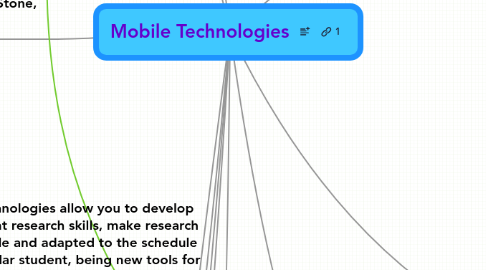
1. Mobile technologies allow you to develop independent research skills, make research more flexible and adapted to the schedule of a particular student, being new tools for research activities. Mobile technologies as a promising direction and position of teachers of higher education should be aimed at the possibility of the active use of mobile devices in the process of organizing educational and research activities of students, contribute to the formation of the necessary competencies and the maximum development of the research potential of a future specialist.
2. ‘One day, 2 or 3 billion people will have cell phones, and they are not all going to have PCs … The mobile phone will become their digital life’. (Stone, 2004)
3. Cabir, infects phones and devices running the Symbian operating system and can be passed to other devices via Bluetooth.
4. For example, finding keys to a car and there is a sat nav in there, they can break into your house.
5. Internet
5.1. Technology for connecting to a network. All modern mobile communication technologies have their own solutions in the field of Internet access.
6. Laptops
6.1. Parent Guide
6.1.1. Today's total ban on access to technology does not solve the security problem. Modern technology is an important part of everyday life necessary for development. To talk with children about safety and to organize the interaction of the child with gadgets.
7. E-Safety
7.1. Mobile Technology in School and University
8. Mobile Phones
8.1. embrace mobile technologies
8.2. Facts
8.2.1. There are estimated to be 1.5 billion mobile phones in the world today (Prensky, 2004).
8.2.2. Phone functions
8.2.2.1. What features are not present in a modern mobile phone. In addition to common alarms, calendars and schedulers, in phones, and especially on smartphones, you can find a built-in navigator, hundreds of interesting games, programs for creating and editing documents, as well as many other interesting features.
8.3. Safety
8.3.1. Daily Mail
8.3.1.1. Every phone has unique identifier, a 15-digit serial number known as an IMEI. This is what is sent to the network when the phone is first registered. When the person reports their mobile stolen and submits the IMEI, that code is then added to a black list for stolen kit at the Central Equipment Identification Register (CEIR).
8.3.2. Stolen Phones
8.3.2.1. The IMEI block system can now help disable a phone within up to 24 hours of it being stolen but some manufacturers are trying to make the process more efficient with a new system known as text bombing. This is where a theft alert immediately detonates all information on the mobile rendering it unusable.
8.3.3. Invasion of rights
8.3.3.1. Picture the scene – as you point your camera phone at the impressive Manhattan Bridge in New York you suddenly hear shouts from a nearby security guard telling you to stop. Why? Because for all they know you might be not taking shots of the bridge at all, but the somewhat less remarkable car park directly beneath, which they are in charge of, and which you’d need permission to photograph
8.4. Mobile Technology Document
8.4.1. Without throwing you off into the land of scientific lingo, Machine Learning (also referred to as ML) is the process in which a computer system figures out the answer to a statistical, mathematical or any other problem by itself. As we’ve begun to scratch the surface, there are few things that you should need to know prior to fully getting to understand what ML is.
